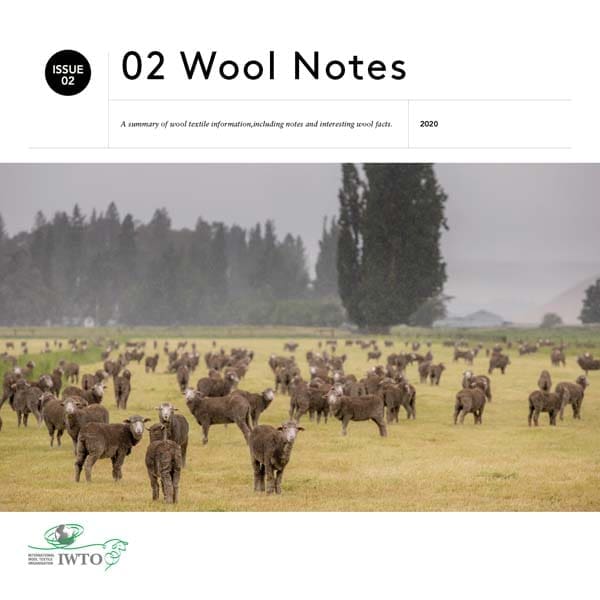Sheep are domestic animals raised on farms for their wool, meat and milk. Along with goats, pigs and cattle, sheep were among the first animals to be domesticated.
Wool sheep are classified as Ovis aries aries. Merino, Rambouillet, Blue Faced Leicester, and Corriedale breeds are among the best-known wool sheep.
Despite common belief, sheep are not unintelligent. Their flocking behavior and quickness to flee can pose challenges for shepherds. However, a University of Illinois study ranked sheep just below pigs and on par with cattle in intelligence. They can recognize human faces and remember them for years, as well as differentiate emotional states through facial cues. With patience, sheep can learn their names and respond to clicker training. Some sheep have even demonstrated problem-solving abilities, such as a flock in West Yorkshire, England, reportedly rolling on their backs to overcome cattle grids.
There are hundreds of sheep breeds …
Some sheep breeds are raised for their meat while others are raised for their wool and sometimes for both. The Texel and Dorset breeds are good choices for meat production. But there are literally hundreds of sheep breeds.
All wool can be used
Wool can be used for different purposes, depending on the coarseness of the fibre and on other characteristics such as fibre length and crimp. Very fine wool is primarily used for clothing while coarser wool is used in carpets and furnishings such as curtains or bedding.
Quick Wool & Sheep Facts
- A single sheep, on average, provides around 4.5 kg of wool per year, the equivalent of 10+ metres of fabric.
- 4.5 kg of wool is enough to make six sweaters, three suit and trouser combinations, or the fabric to cover one large sofa.
- World sheep numbers in 2022 rose to 1.296 billion head, up by about 8.65 million from the 2021 numbers.
- China has the largest sheep population, followed by India and Australia.
- World greasy wool production rose by 1.1% in 2022, to 1,977.3 mkg, following a 1.7% increase in 2021.
- World wool production in clean weight terms increased by 15,600 tonnes or 1.5% to an estimated 1,051.2 mkg clean
in 2022.
Need more technical information? Writing a thesis or PhD? IWTO publishes an annual compilation of global wool production statistics – see iwto.org/resources/statistics/ for details.

